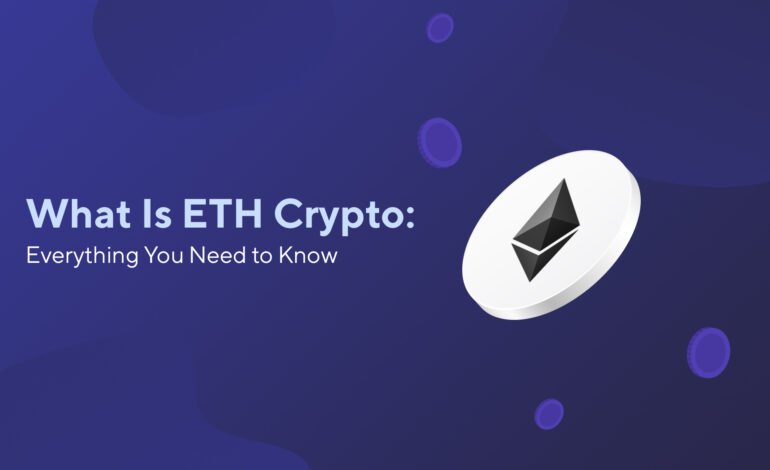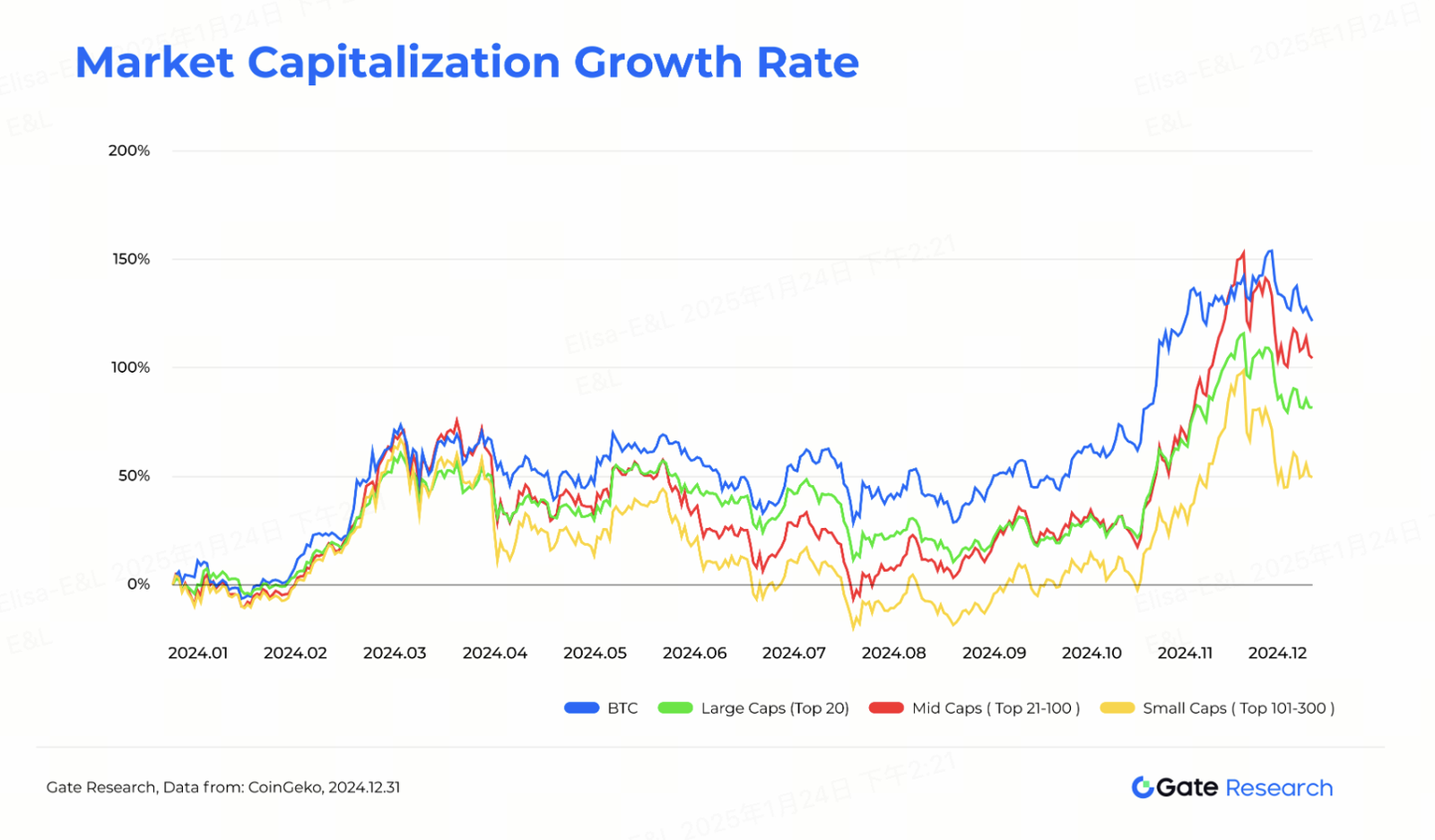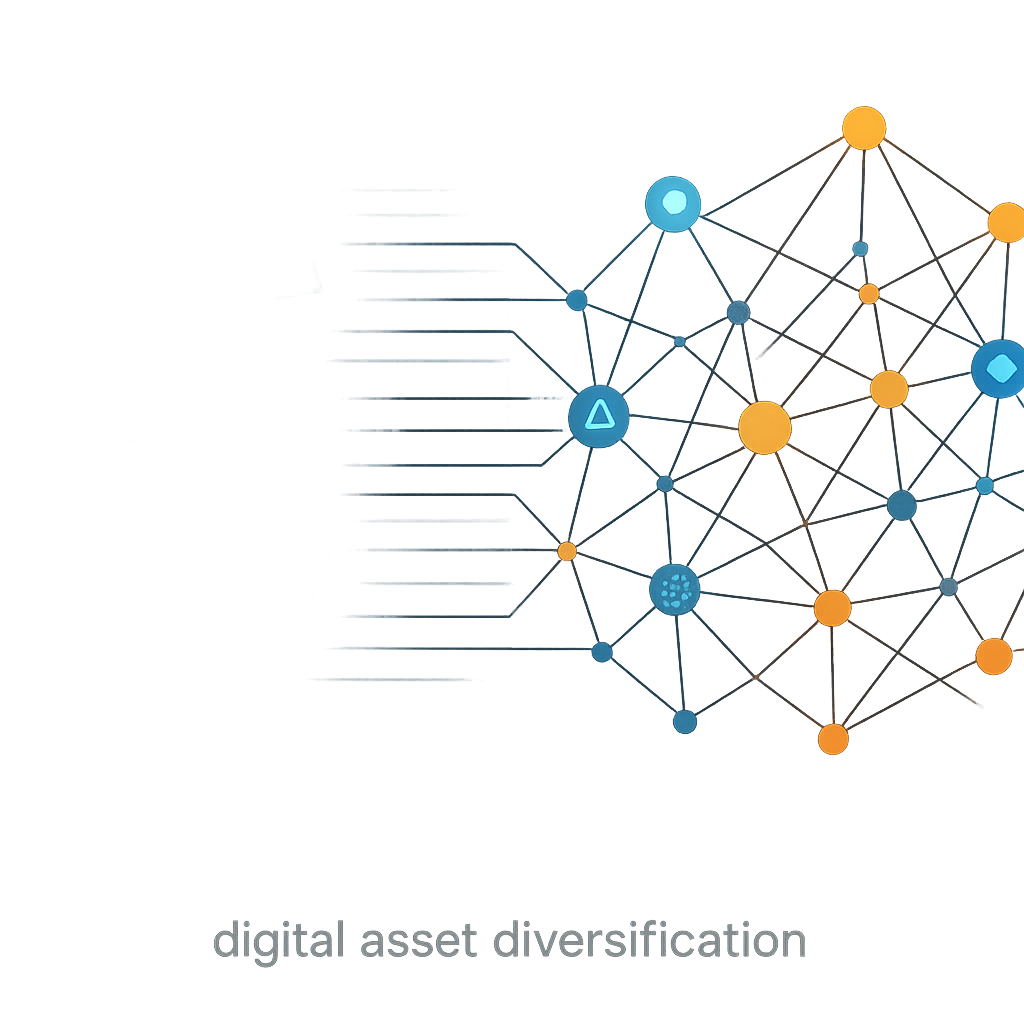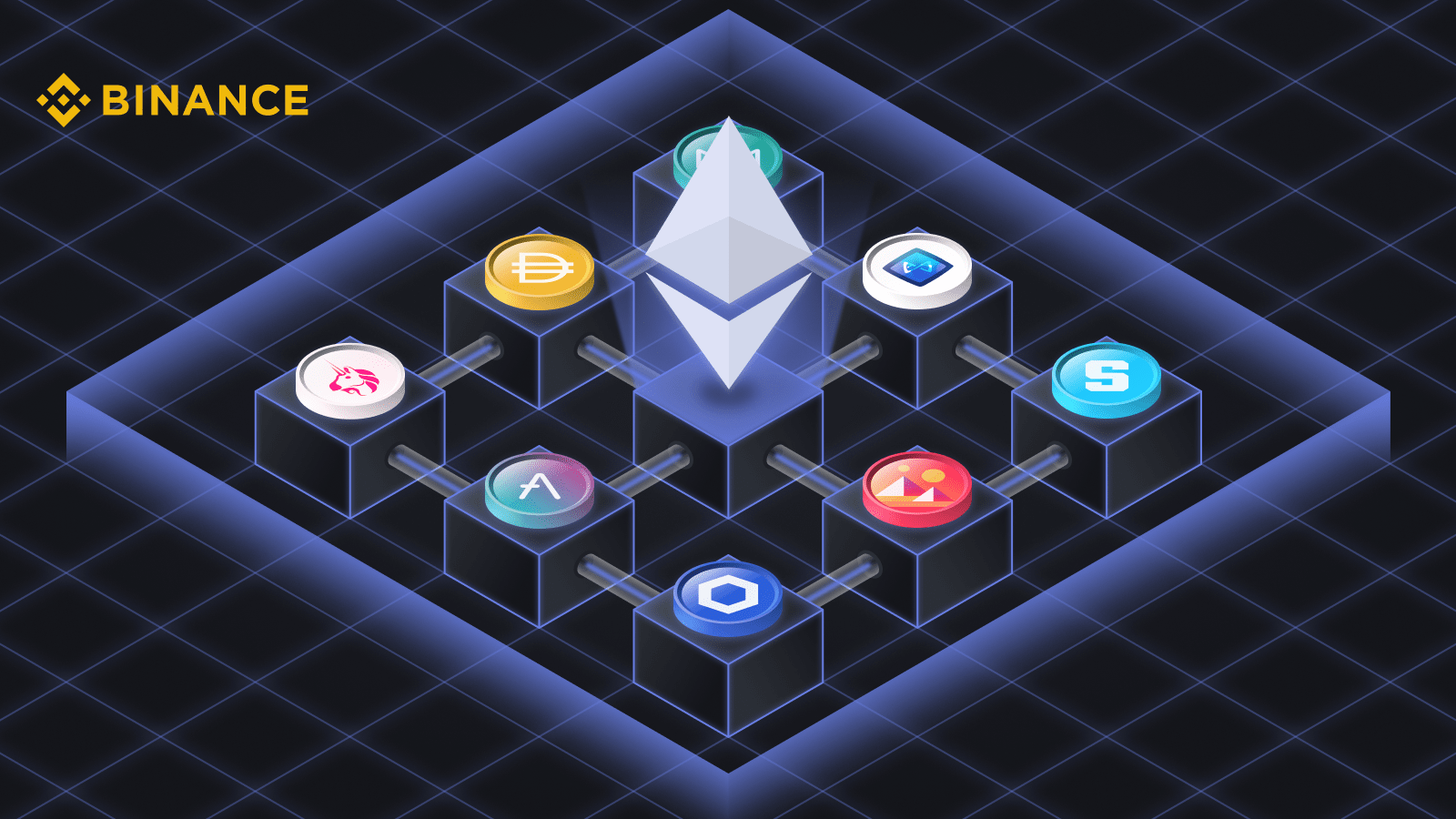Ethereum 2.0: Key Changes and Benefits You Need to Know
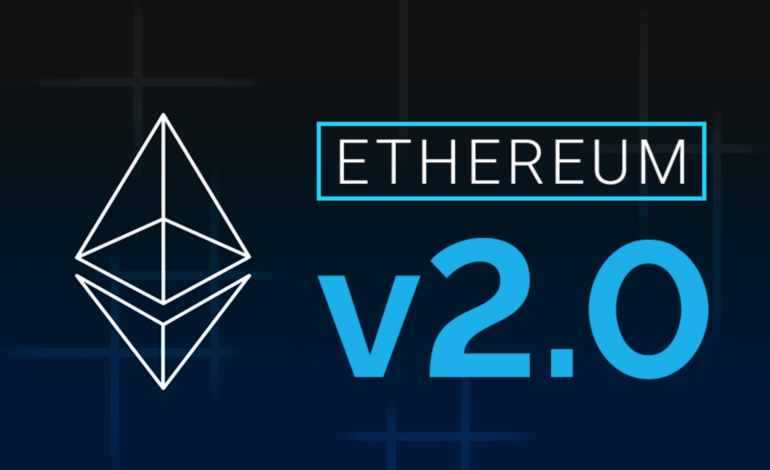
Discover Ethereum 2.0, the major upgrade to the Ethereum network. Learn about its key changes, benefits, and how it aims to improve scalability, security, and sustainability.
Ethereum 2.0: Key Changes and Benefits You Need to Know
Ethereum 2.0, also known as Eth2 or Serenity, is one of the most anticipated upgrades in the blockchain world. Designed to address the limitations of the current Ethereum network, Ethereum 2.0 promises to revolutionize the platform with improved scalability, security, and energy efficiency. In this article, we’ll explore the key changes and benefits of Ethereum 2.0, and why it matters for the future of blockchain technology.
What is Ethereum 2.0?
Ethereum 2.0 is a major upgrade to the Ethereum blockchain, aimed at transitioning the network from a Proof of Work (PoW) to a Proof of Stake (PoS) consensus mechanism. This upgrade is being rolled out in multiple phases, with the goal of making Ethereum more scalable, secure, and sustainable.
Why is Ethereum 2.0 Needed?
The current Ethereum network faces several challenges:
- Scalability: The network can process only about 15-30 transactions per second (TPS), leading to congestion and high fees during peak times.
- Energy Consumption: The PoW mechanism requires significant computational power, resulting in high energy consumption.
- Security: As the network grows, maintaining security and decentralization becomes more challenging.
Ethereum 2.0 addresses these issues through a series of upgrades.
Key Changes in Ethereum 2.0
Here are the major changes introduced by Ethereum 2.0:
1. Proof of Stake (PoS)
Ethereum 2.0 replaces the energy-intensive PoW mechanism with PoS. In PoS, validators are chosen to create new blocks and validate transactions based on the amount of Ether (ETH) they “stake” as collateral. This shift reduces energy consumption by over 99%.
2. Sharding
Sharding splits the Ethereum blockchain into smaller pieces called shards, each capable of processing its own transactions and smart contracts. This increases the network’s capacity and scalability, allowing it to handle thousands of transactions per second.
3. Beacon Chain
The Beacon Chain is a new blockchain introduced in Ethereum 2.0 that coordinates validators and manages the PoS protocol. It serves as the backbone of Ethereum 2.0, enabling communication between shards.
4. eWASM (Ethereum WebAssembly)
Ethereum 2.0 introduces eWASM, a new virtual machine that replaces the Ethereum Virtual Machine (EVM). eWASM improves the efficiency and flexibility of smart contract execution.
Benefits of Ethereum 2.0
Ethereum 2.0 offers several significant benefits:
- Improved Scalability: With sharding, Ethereum 2.0 can process thousands of transactions per second, making it more suitable for global adoption.
- Energy Efficiency: The transition to PoS drastically reduces energy consumption, making Ethereum more environmentally friendly.
- Enhanced Security: PoS and sharding improve the network’s security and resilience against attacks.
- Lower Transaction Fees: Increased scalability reduces network congestion, leading to lower transaction fees.
- Greater Decentralization: PoS allows more participants to become validators, promoting decentralization.
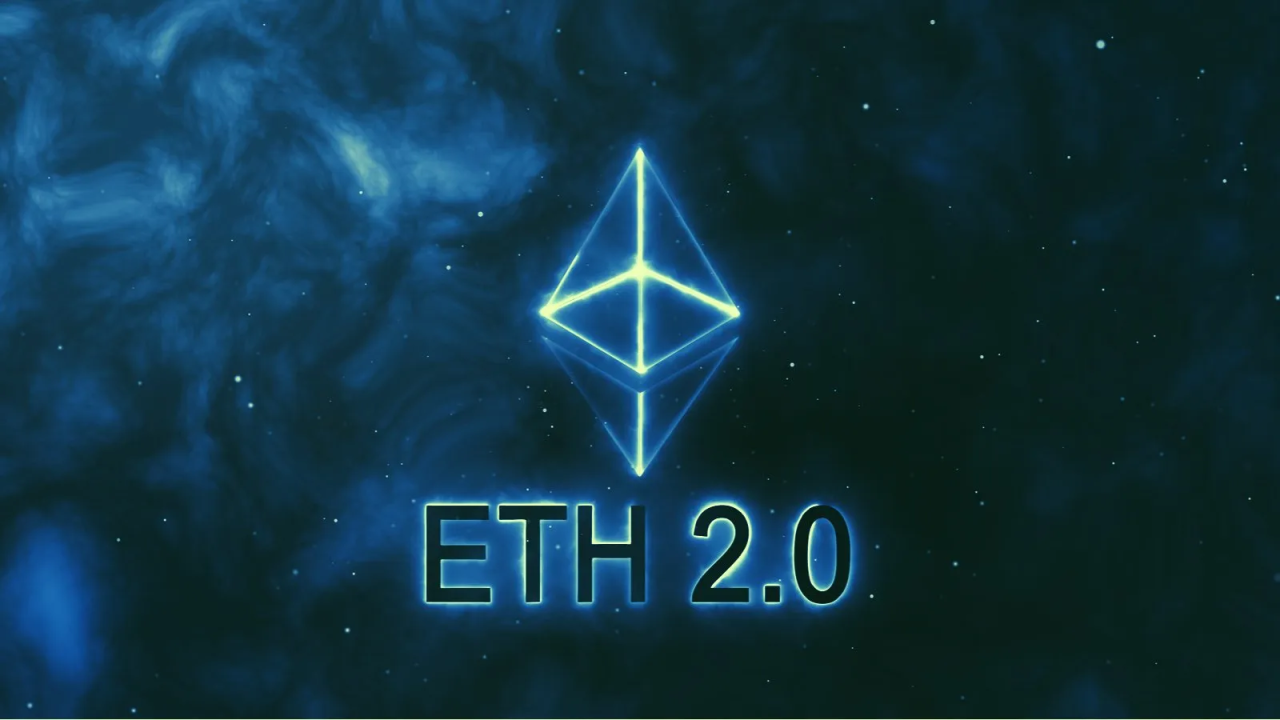
Phases of Ethereum 2.0
Ethereum 2.0 is being rolled out in multiple phases:
- Phase 0 (Launched in December 2020): Introduced the Beacon Chain and PoS.
- Phase 1 (Expected in 2023): Implements shard chains to improve scalability.
- Phase 1.5: Merges the existing Ethereum mainnet with the Beacon Chain, transitioning fully to PoS.
- Phase 2 (Future): Adds full functionality to shard chains, enabling them to process transactions and smart contracts.
How to Participate in Ethereum 2.0
If you’re interested in participating in Ethereum 2.0, here’s how you can get involved:
- Stake ETH: Become a validator by staking at least 32 ETH. You can also join staking pools if you don’t have enough ETH.
- Run a Node: Contribute to the network by running a node and helping validate transactions.
- Stay Informed: Follow Ethereum’s official channels and community updates to stay informed about the latest developments.
Challenges and Risks
While Ethereum 2.0 offers many benefits, it also faces challenges:
- Complexity: The transition to Ethereum 2.0 is highly complex and requires careful coordination.
- Adoption: Encouraging users and developers to migrate to the new system may take time.
- Security Risks: New technologies like sharding and PoS introduce potential vulnerabilities that need to be addressed.
Conclusion
Ethereum 2.0 is a game-changing upgrade that aims to address the limitations of the current Ethereum network. With its focus on scalability, security, and sustainability, Ethereum 2.0 has the potential to revolutionize the blockchain industry and pave the way for mass adoption. Whether you’re a developer, investor, or enthusiast, understanding Ethereum 2.0 is essential to staying ahead in the crypto space.

